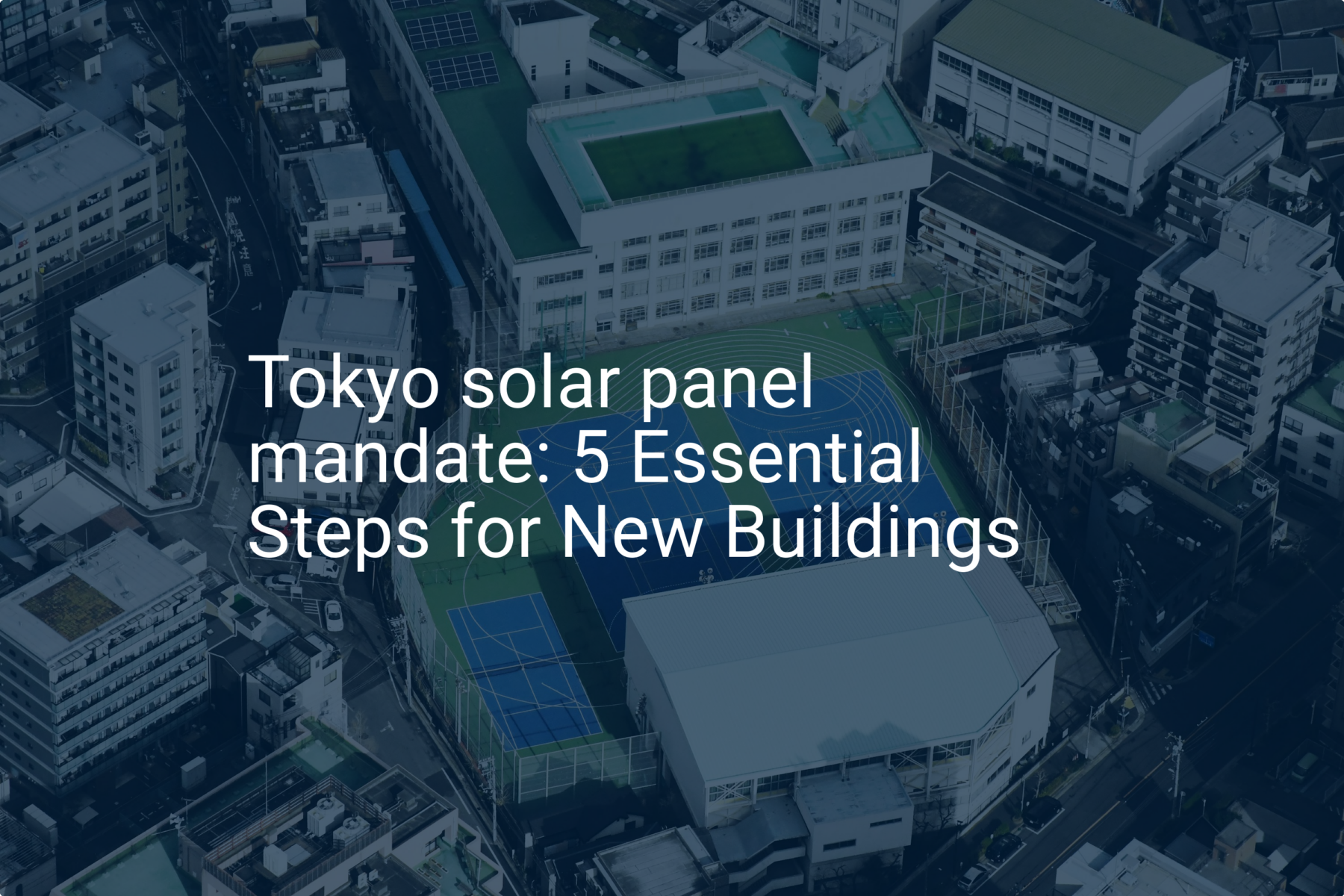Discover comprehensive insights into the statistics, market trends, and growth potential surrounding the solar panel manufacturing industry in Japan
- Sunshine hours in Tokyo | Monthly average. (n.d.). World Weather & Climate Information. Retrieved from https://weather-and-climate.com/average-monthly-hours-Sunshine,Tokyo,Japan
- Solargis. (n.d.). Global Solar Atlas. The World Bank Group. Retrieved from https://globalsolaratlas.info/map?r=JPN&c=35.499924,134.375,4
- Global Petrol Prices.com. (2023, September). Japan electricity prices. Retrieved from https://www.globalpetrolprices.com/Japan/
- Shalfi, J. (2020, August 31). Japanese energy policy – Is the criticism unfair? – TheJapanologist.com. https://www.thejapanologist.com/blog/japanese-energy-policy-is-the-criticism-unfair
- Statista. (2024, May 3). Generation capacity of solar energy Japan 2014-2023. Retrieved from https://www.statista.com/statistics/814161/japan-generating-capacity-solar-energy/
- Rai-Roche, S. (2022, June 10). Japan set to reach 150GW+ of installed solar by 2030, rises to 180GW when more ambitious scenario pursued. PV Tech. https://www.pv-tech.org/japan-set-to-reach-150gw-of-installed-solar-by-2030-rises-to-180gw-when-more-ambitious-scenario-pursued/
- Statista. (2024, March 11). Electricity generation costs per kilowatt hour Japan 2022, by source. Retrieved from https://www.statista.com/statistics/1391460/japan-energy-generation-cost-per-kilowatt-hour-by-source/
- Japan – Countries & Regions – IEA. (n.d.). IEA. Retrieved from https://www.iea.org/countries/japan/electricity
- Statistics (2023). Number of solar power plants in Japan as of September 2023, by prefecture online: Retrieved from https://www.statista.com/statistics/1194424/japan-solar-power-plants-number-by-prefecture/
- Institute for Sustainable Energy Policies (ISEP). (2021). 2021 share of electricity from renewable energy sources in Japan (preliminary). Retrieved from https://www.isep.or.jp/en/1243/
- Hall, M. (2021, March 17). Household solar holds key to climate-neutral Japan. Pv Magazine International. Retrieved from https://www.pv-magazine.com/2021/03/17/household-solar-holds-key-to-climate-neutral-japan/
- Chambers and Partners. (n.d). Renewable Energy 2024. Retrieved from https://practiceguides.chambers.com/practice-guides/renewable-energy-2024/japan/trends-and-developments
- Global Data, Solar PV capacity in Japan and major projects, online: https://www.power-technology.com/data-insights/solar-pv-in-japan/?cf-view
- Market Research Future. (n.d.). Off-Grid Solar Market 2024 | Size, Share, Growth Report, 2032. Retrieved from https://www.marketresearchfuture.com/reports/off-grid-solar-market-7227
- Solar Energy Systems Engineer Average Salary in Japan 2024 – The complete guide. (n.d.). https://www.salaryexplorer.com/average-salary-wage-comparison-japan-solar-energy-systems-engineer-c107j12678
- Worldometers. (2024). Japan population 2024. Retrieved from https://www.worldometers.info/world-population/japan-population/
- Japan External Trade Organization. (2018, May 9). Thai Global Power Synergy builds mega solar plant in Ichinoseki, Iwate. JETRO. Retrieved from https://www.jetro.go.jp/en/invest/newsroom/2018/d1486ea5bbcde5ae.html
- Ministry of Economy, Trade and Industry (METI). (2023, March 31). Feed-in Tariff Scheme in Japan. Retrieved from https://www.enecho.meti.go.jp/en/category/special/article/detail_170.html
- List Solar. (n.d). Largest solar power stations in Japan. Retrieved from https://list.solar/plants/largest-plants/japan
- U.S. Energy Information Administration (EIA). (2024). Country analysis brief: Japan. Retrieved from https://www.eia.gov/international/content/analysis/countries_long/Japan/japan.pdf
- Ministry of Economy, Trade and Industry (METI). (2021). Understanding the current energy situation in Japan (Part 1). Retrieved from https://www.enecho.meti.go.jp/en/category/special/article/detail_171.html
- Ministry of Economy, Trade and Industry (METI). (2022). Energy white paper 2022: Here’s what you need to know about the energy situation in Japan. Retrieved from https://www.enecho.meti.go.jp/en/category/special/article/detail_170.html
- OECD. Japan – OECD infrastructure toolkit. Retrieved from https://infrastructure-toolkit.oecd.org/country/japan/
- Japan Solar energy companies – Top company list. (2024). Retrieved from https://www.mordorintelligence.com/industry-reports/japan-solar-energy-market/companies
- Water Charges Tokyo. Retrieved from https://www.waterworks.metro.tokyo.lg.jp/eng/charge/charge-list.html
- Trading Economics (2024). Minimum Wages in Japan. Retrieved from https://tradingeconomics.com/japan/minimum-wages
- Jetro (2023). Setting up Office. Retrieved from https://www.jetro.go.jp/en/invest/setting_up/modelcase.html
- Top 50 Solar portfolios Japan. (n.d.). Retrieved from https://www.solarplaza.com/resource/11960/top-50-solar-portfolios-japan/









